I stood there, staring at my worn-out porch, hoping it would magically fix itself. But reality hit hard – it was time for a makeover. The first step? Choosing stain types, which turned out to be a tougher decision than expected.
I love the natural look of wood, even though it’s not recommended for aged wood. So, I got to work, shaving down the old layers as much as possible with the tools I had. Sure, a few blemishes are still visible, but I don’t mind. A little character never hurt anyone.
Putting my back into it, I spent a month deciding on the right stain. There are so many factors to consider when choosing stain types – from the wood’s condition to the climate and the finish you want. After all that effort, I finally settled on Cabot Gold in Moonlit Mahogany. It’s eco-friendly and makes my porch look fantastic.
Here’s a breakdown of the 10 crucial considerations for choosing stain types, to help you make the best decision for your own project.
1. Understand the Types of Stains
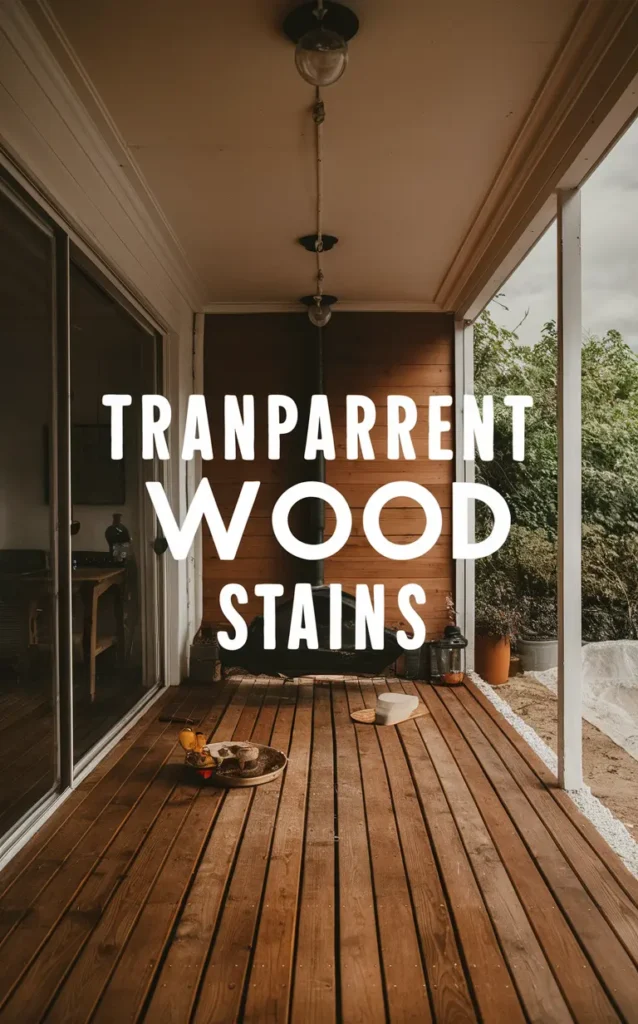
Transparent Stains
- Appearance: Showcases the natural beauty and grain of the wood.
- Best For: New or well-maintained wood.
- Pros: Highlights wood’s natural color; offers some UV protection.
- Cons: Requires frequent reapplication; less protection than other types.
My Pick
Thompson’s WaterSeal Transparent Waterproofing Stain
- Pros: Excellent water resistance, UV protection, enhances natural wood grain.
- Best For: Softwoods like pressure-treated pine, cedar, fir, and redwood.
- My Two Cents: Transparent stains like Thompson’s WaterSeal really let the wood’s natural beauty shine through. It’s like giving your porch a spa day.
- WATERPROOFING STAIN – Bring out the beauty of your outdoor wood with Thompson’s WaterSeal…
- SEMI-TRANSPARENT WOOD STAIN – This outdoor wood stain provides a semi-transparent finish. It will…
- FADE RESISTANT FINISH – The advanced polymers in this outdoor wood and deck stain deliver…
- EASY TO USE – Whether you’re refinishing an existing fence or putting the finishing touches on a…
- EXCEEDS INDUSTRY STANDARDS – Thompson’s Waterproofing Exterior Wood Stain exceeds Industry…
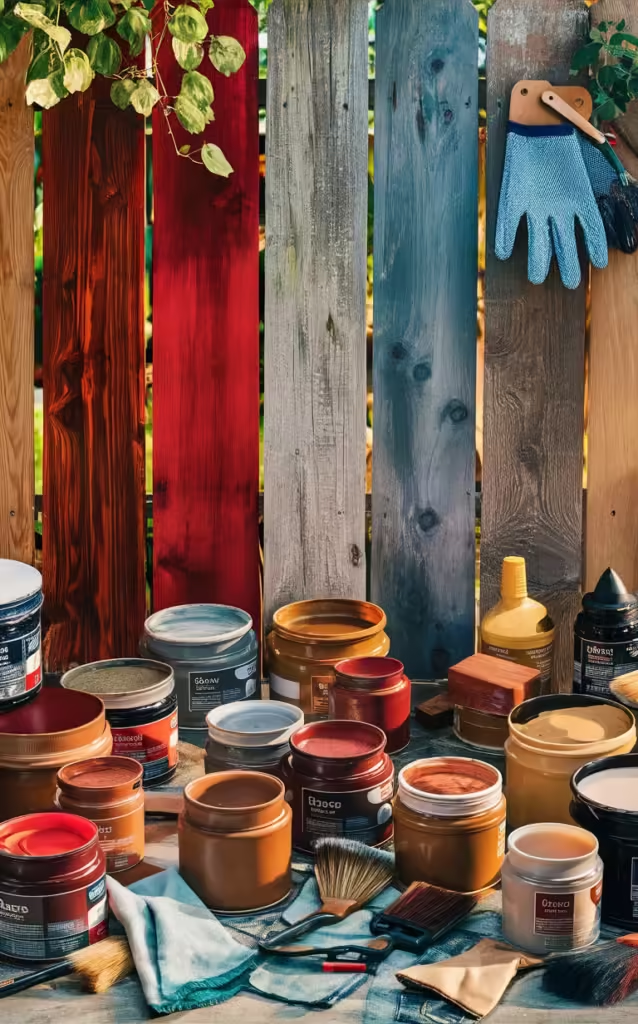
Semi-Transparent Stains
- Appearance: Adds a subtle color while still showing some wood grain.
- Best For: Older wood with some wear.
- Pros: Balances color and grain visibility; better protection than transparent stains.
- Cons: Slightly more coverage is needed than transparent stains.
My Pick
DEFY Extreme Semi-Transparent Wood Stain
- Pros: Zinc nano-particle technology for UV protection, water-based, eco-friendly.
- Best For: Both new and old wood, offers a good balance of color and wood grain visibility.
- My Two Cents: DEFY Extreme Semi-Transparent Stain is the goldilocks of stains. Not too thick, not too thin, just right for showing off and protecting the wood.
- Deck Stain and Sealer with Superior UV Protection – Formulated with zinc nano-particle technology…
- Wood Sealer Outdoor Waterproof Stain – Creates a water repellent barrier that prevents water damage…
- Beautiful Outdoor Wood Stain Colors – Enhance the natural beauty of your deck, fence or siding with…
- Easy to Use – Whether you’re staining a deck, fence, siding, or any other exterior wood stain…
- Soap and Water Cleanup – This water-based wood deck stain and sealer is 250 VOC compliant, making it…
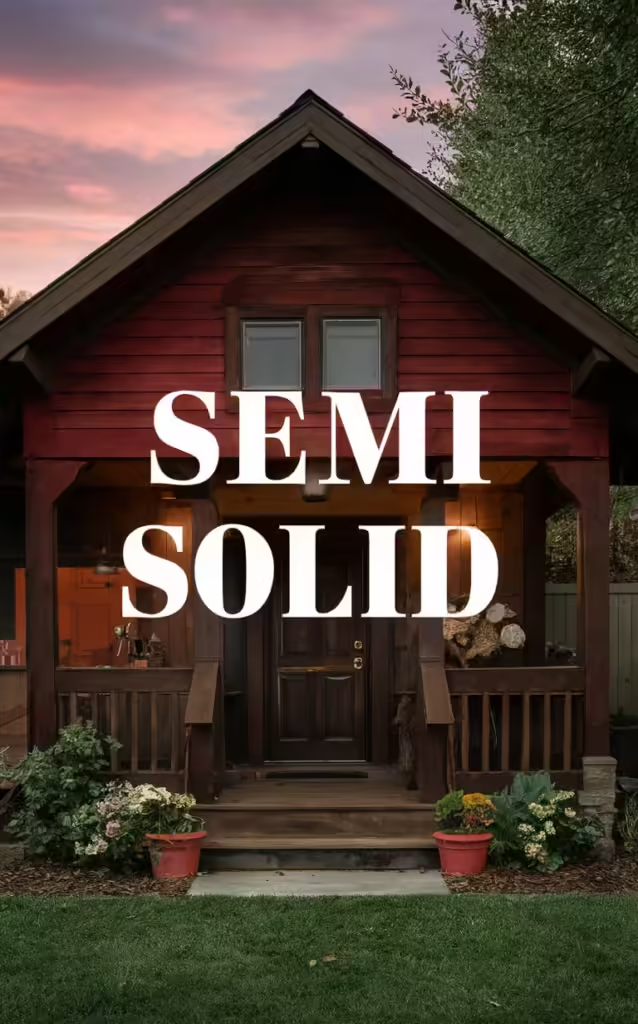
Semi-Solid Stains
- Appearance: Provides more color while still showing some wood texture.
- Best For: Wood with moderate imperfections.
- Pros: Offers good UV protection and color; hides more flaws than semi-transparent stains.
- Cons: Less natural wood appearance.
My Pick
Cabot Semi-Solid Deck & Siding Stain
- Pros: Good UV protection, covers imperfections well, long-lasting.
- Best For: Older wood with moderate imperfections.
- My Two Cents: Cabot Semi-Solid Deck & Siding Stain covers those battle scars on older wood while still letting some character peek through.
- OIL-BASED WOOD STAIN – Cabot Semi-Solid Stain + Wood Sealer is formulated to provide long lasting…
- SUPERIOR PROTECTION – Our advanced waterproofing formula creates a mold- & mildew-resistant finish…
- EASY TO APPLY – With just one deck staining coat needed, this natural wood stain lets you finish…
- IDEAL FOR – Use as a deck stain, wood fence stain and sealer, and much more. It’s ideal for decks,…
- CABOT STAIN – Since 1877, Cabot has been a leader in wood care with easy-to-use prep products,…
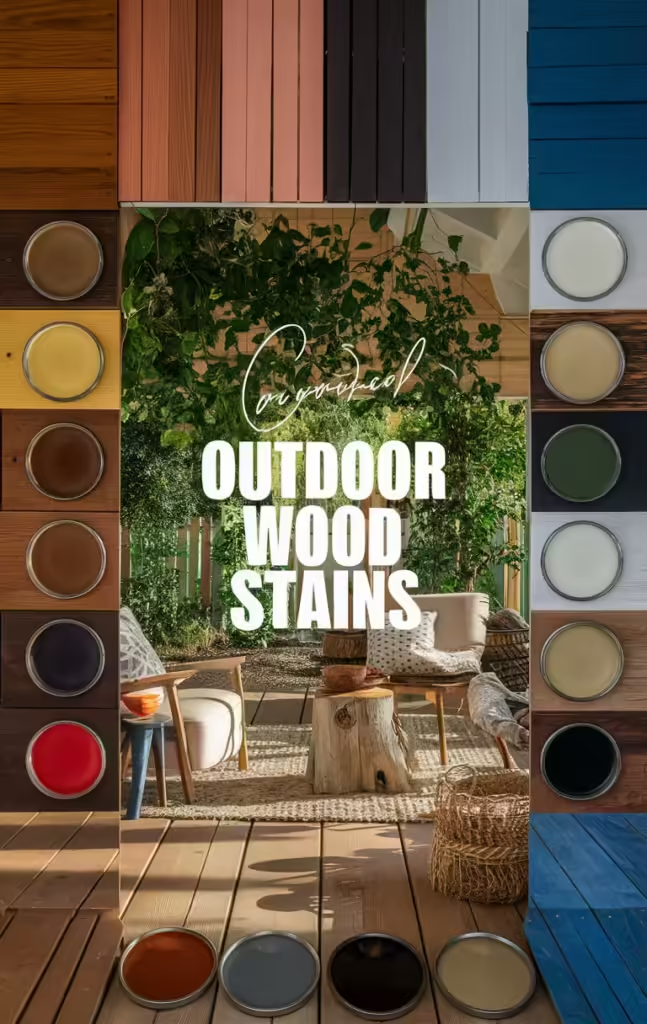
Solid Stains
- Appearance: Completely covers the wood grain, similar to paint.
- Best For: Heavily weathered wood or mismatched boards.
- Pros: Maximum protection against weather; hides wood imperfections.
- Cons: Requires more maintenance; less natural appearance.
My Pick
DEFY Solid Color Wood Stain Sealer
- Pros: Maximum protection against weather, excellent coverage, hides wood imperfections completely.
- Best For: Heavily weathered wood or mismatched boards.
- My Two Cents: DEFY Solid Color Wood Stain Sealer is like makeup for your deck. It covers everything and protects against the elements.
- Solid Wood Paint Color – Provides a flat finish and opaque color that hides imperfections and gives…
- Maximum UV Resistance – Zinc nano-particles protect against harmful UV rays to prevent fading and…
- Long Lasting Color & Durable Protection – Resists peeling, cracking, and blistering to keep your…
- Available in Multiple Colors – Choose from a range of beautiful solid deck stain colors to match…
- Water-Based Formula – This water based wood stain is easy to use, and easy to clean up with soap and…
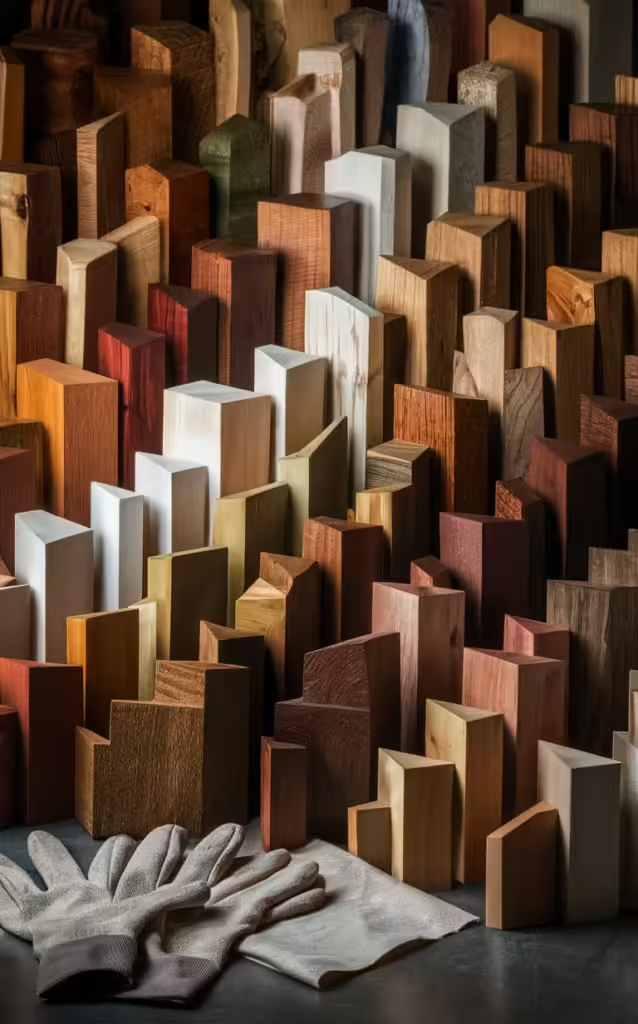
2. Consider the Wood Type
- Softwoods (Pine, Cedar): Often benefit from semi-transparent or semi-solid stains because they get blemishes daily easily, and the less transparent, the fewer imperfections you see.
- Hardwoods (Oak, Mahogany): These are beautiful rich woods with lots of natural details. These natural woods are like art to me, a visual storytelling piece of art, rich with deep knots of history. They are best with transparent or semi-transparent stains to showcase natural beauty. Many would argue with me, but I think even when these woods have aged and have deep blemishes, a stain that showcases that is what I would choose.
3. Assess the Condition of Your Wood
- New Wood: Transparent or semi-transparent stains work best.
- Aged Wood: Semi-solid or solid stains can hide imperfections.
- Previously Stained or Painted Wood: Solid stains cover old finishes effectively. Unless you are stripping the wood layers off with a pro drum, then leveling up (60-80-120-150-220 grit sanding) to get an even, new-wood look and feel, if solid has gone on before, solid is recommended again. Solid stain is very similar to matte paint.
- Maximum-pigmented formula to withstand heavy foot traffic
- 100% Acrylic formula
- Water repellent
- Scuff resistant
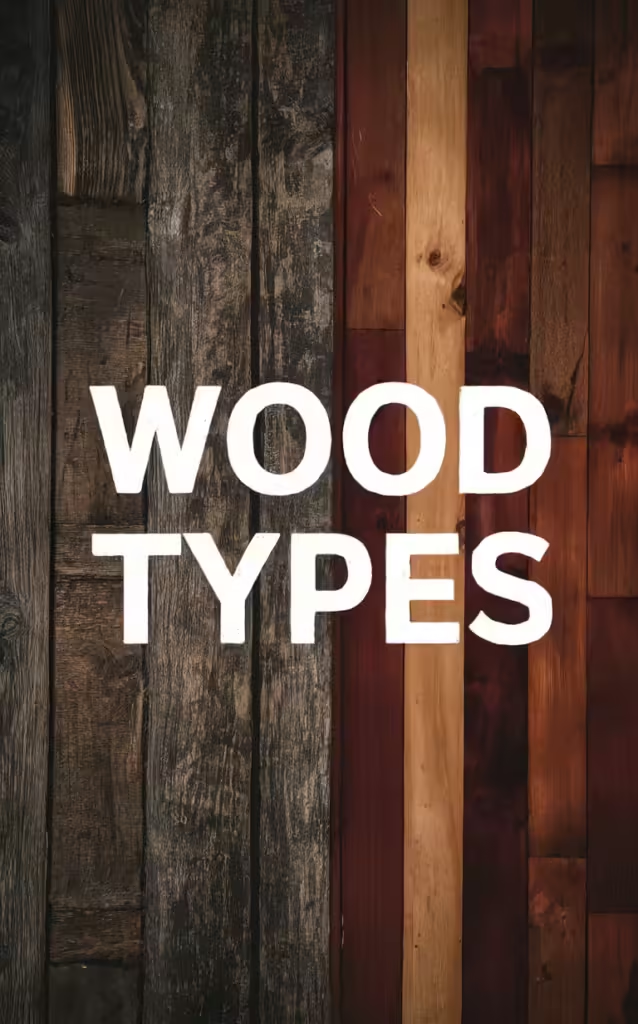
Best for New Wood
Ready Seal Exterior Wood Stain and Sealer
- Pros: Easy application, no need for primer, oil-based for deep penetration.
- Best For: New wood, especially softwoods.
- My Two Cents: Ready Seal is hassle-free and perfect for new wood. It’s like the beginner’s best friend – foolproof and effective.
- Wood Stain and Wood Sealer in one
- No peeling, cracking, or chipping.
- Goof Proof application process
- Ready Seal is designed for exterior use only
- Approximately 125-150 sq. feet per gallon
Best for Old Wood
Thompson’s WaterSeal Penetrating Timber Oil
- Pros: Deep penetration, excellent moisture resistance, revives old wood.
- Best For: Aged wood that needs rejuvenation.
- My Two Cents: Thompson’s WaterSeal Penetrating Timber Oil brings old wood back to life. It’s like giving your deck a second chance.
4. Evaluate the Environment
- Sun Exposure: High UV areas need stains with strong UV protection (solid or semi-solid).
- Moisture Levels: In humid or wet areas, look for stains with good water resistance.
- Temperature Fluctuations: Choose flexible stains that can expand and contract with the wood.
5. Choose Based on Durability Needs
- High Traffic Areas: Opt for solid or semi-solid stains for maximum durability.
- Low Traffic Areas: Transparent or semi-transparent stains suffice.
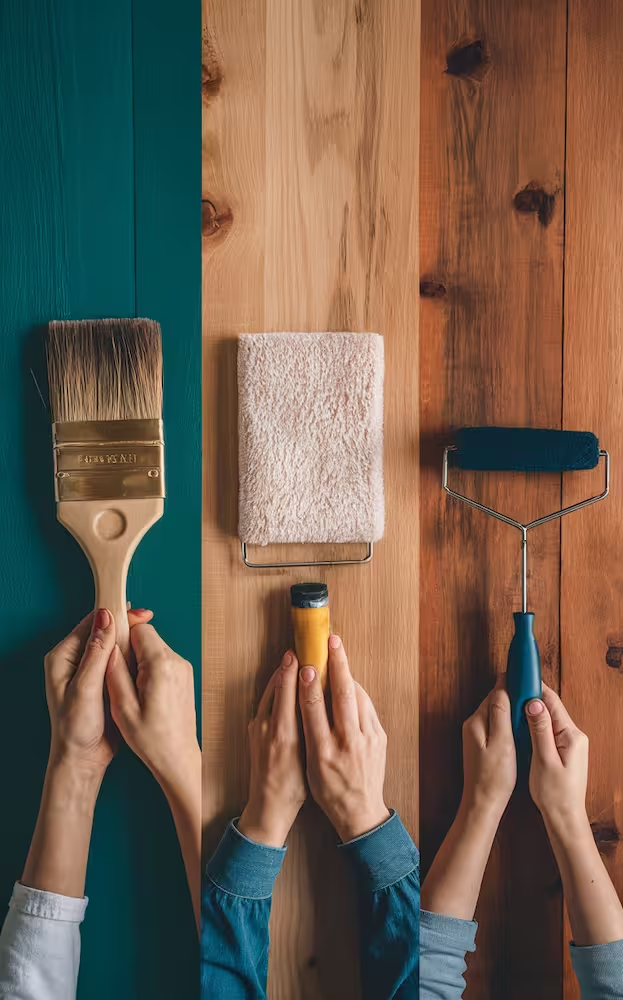
6. Decide on Oil-Based vs. Water-Based Stains
Water-Based Stains
- Pros: Dries quickly; easy clean up with water; more environmentally friendly.
- Cons: May not penetrate as deeply; might need more frequent reapplication.
Oil-Based Stains
- Pros: Penetrates wood deeply; longer-lasting.
- Cons: Longer drying time; requires solvents for cleanup.
My Picks
Water-Based Stains
General Finishes Exterior 450 Water Based Wood Stain
- Pros: Quick drying, easy cleanup with water, less toxic fumes.
- Best For: Smaller projects like furniture or doors.
- My Two Cents: General Finishes 450 is perfect for quick, small projects. It’s user-friendly and environmentally kind.
- PREMIUM, EXTERIOR WOOD STAINS, MADE IN THE USA – General Finishes Exterior 450 Stains are…
- CONTAINS U.V. ABSORBERS – The U.V. absorbers protect the integrity of the film, but will not prevent…
- EASY APPLICATION AND CLEAN-UP – Exterior 450 Stains can be brushed, rolled, or sprayed. Clean hands…
- PROUDLY MANUFACTURED IN AMERICA – General Finishes-East Troy, Wisconsin. America’s leading…
- FOR EXTERIOR PROJECTS – including wood, MDF and fiberglass.
Oil-Based Stains
Ready Seal Exterior Wood Stain
- Pros: Deep penetration, long-lasting protection, easy to apply without primer.
- Best For: Large areas like decks and fences.
- My Two Cents: Ready Seal for big jobs – it’s reliable and long-lasting, perfect for those who mean business.
- Wood Stain and Wood Sealer in one
- No peeling, cracking, or chipping.
- Goof Proof application process
- Ready Seal is designed for exterior use only
- Approximately 125-150 sq. feet per gallon
Hybrid Stains
Seal-Once Nano+Poly Wood Sealer
- Pros: Water-based with polyurethane for added protection, minimal VOCs, resists mold and mildew.
- Best For: Eco-friendly projects requiring a durable finish.
- My Two Cents: Seal-Once Nano+Poly is the eco-warrior’s dream – tough on protection, gentle on the planet.

7. Test the Stain Color
- Always Test: Apply the stain to a small, inconspicuous area of your deck or a sample board.
- View in Different Lights: Check how it looks in both sunlight and shade.
8. Consider the Application Process
- Tools Needed: Brushes, rollers, or sprayers.
- Ease of Application: Some stains are easier to apply evenly than others.
9. Maintenance Requirements
- Reapplication Frequency: Understand how often the stain will need to be reapplied.
- Cleaning: Know how to properly clean the stained surface to prolong its life.
10. Brand and Quality
- Reputable Brands: Stick to well-known brands with good reviews.
- Product Reviews: Look for stains with positive user feedback on durability and appearance.
Conclusion
Choosing the perfect stain type for your outdoor space involves understanding the different types of stains, considering the wood type and condition, evaluating environmental factors, and knowing the application and maintenance requirements. By considering these factors, you can ensure that your deck or porch looks beautiful and remains protected for years to come.
Last update on 2025-07-29 at 21:46 / Affiliate links / Images from Amazon Product Advertising API. This page contains affiliate links. As an Amazon Associate, I earn from qualifying purchases.

